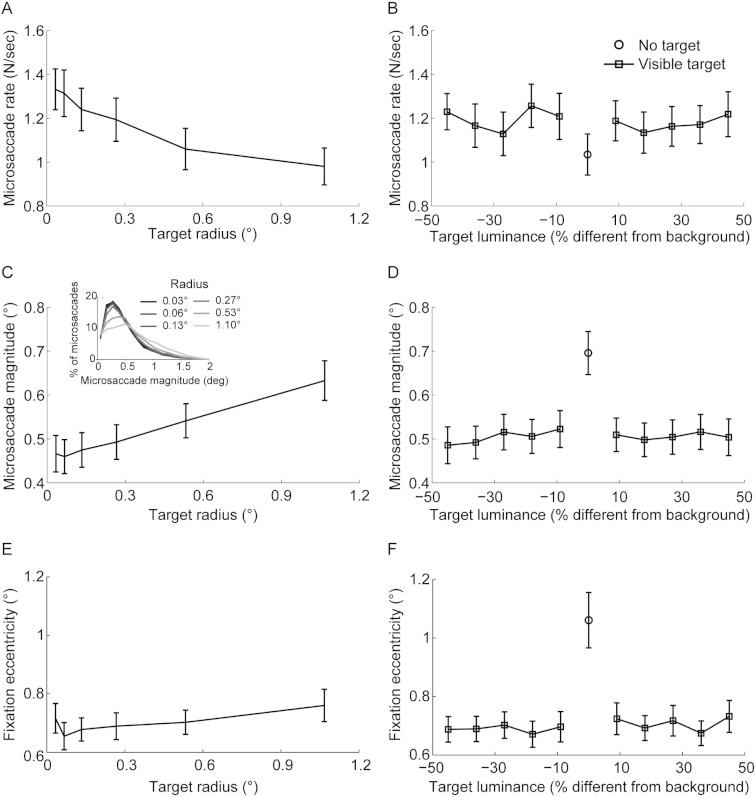Figure 2. Target size but not luminance affects microsaccade rate, magnitude, and fixation eccentricity.
(A) Microsaccade rate decreased linearly with target size (F(5,80) = 20.24,p < 0.0001; linear trend F(1,16) = 16.00,p < 0.0001). (B) Microsaccade rate did not change significantly with target luminance (F(9,144) = 2.14,p = 0.082). (C) Microsaccade magnitude increased linearly with target size (F(5,80) = 28.96,p < 0.0001; linear trend F(1,16) = 39.20,p < 0.0001). (D) Microsaccade magnitude did not change significantly with target luminance (F(9,144) = 1.6,p = 0.121). (E) Fixation eccentricity increased linearly with target size (F(5,80) = 5.82,p < 0.001; linear trend F(1,16) = 9.71,p = 0.007). (F) Fixation eccentricity did not change significantly with target luminance (F(9,144) = 1.16,p = 0.326). Microsaccade rate (B) was lower, whereas microsaccade magnitude (D) and fixation eccentricity (F) were higher, when the fixation target was absent compared to present (rate: t(16) = 2.96,p = 0.009; magnitude: t(16) = −5.64,p < 0.001; fixation eccentricity: t(16) = −5.94,p < 0.0001). Error bars represent the s.e.m. across subjects (n = 17).

